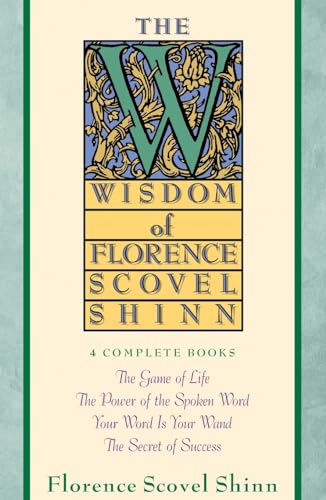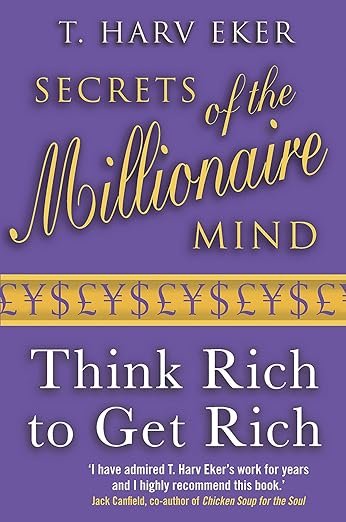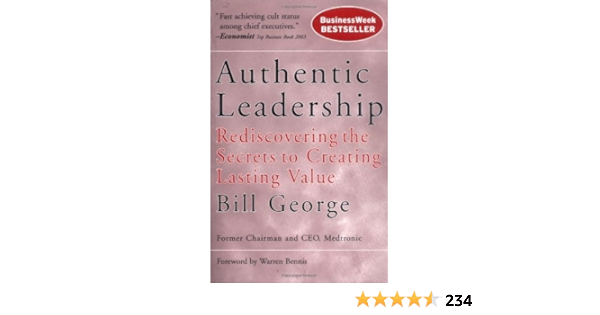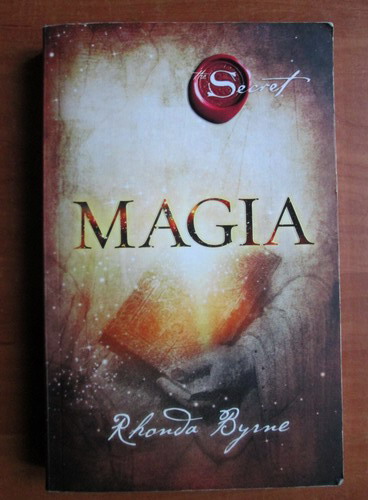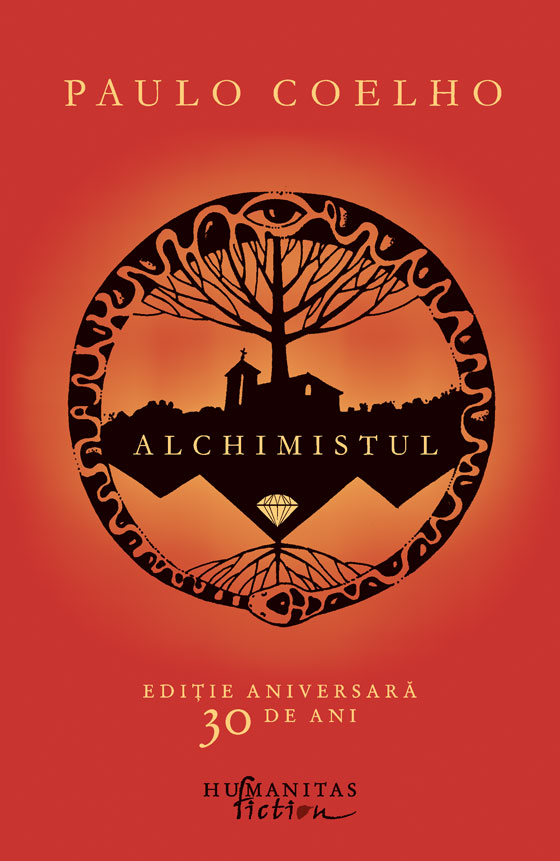Lessons of Magic by Elizabeth Gilbert: Discovering Inner Creativity
Introduction to the Lessons of Magic
Lessons of Magic by Elizabeth Gilbert is a work that explores the depths of human creativity, offering readers an opportunity for introspection and self-discovery. The volume is built upon the personal experiences of the author, serving as a practical and inspirational guide that addresses the essential themes of the creative process. Gilbert aims not only to reveal the techniques and approaches that a person can adopt to open their mind to creativity, but also to emphasize the importance of this aspect in everyday life.
One of the central themes of the book is the idea that all people have a creative side, and Gilbert encourages readers to overcome the fears and blocks that prevent them from accessing this potential. The author acknowledges that the creative process may not always be easy, yet it is essential for personal development and soulful fulfillment. Gilbert employs an accessible approach by sharing stories from her own life and relevant examples to illustrate her viewpoints. This strategy makes the information not only informative but also easy to understand and apply.
In light of these ideas, Lessons of Magic is presented as an open invitation to readers. Each chapter functions as an exercise in culture and reflection intended to help the individual reconnect with their creative self. The importance of this work lies not only in its theoretical content but also in its ability to stimulate the desire for creativity and thus improve the quality of individual life. Gilbert encourages us to explore, experiment, and, above all, not to be afraid of the magic that can be discovered within each of us.
Elizabeth Gilbert: A Brief Biography
Elizabeth Gilbert, born on July 18, 1969, in Waterbury, Connecticut, is an internationally recognized American author and storyteller known for her works that explore themes such as self-discovery, spirituality, and creativity. She gained notoriety with her nonfiction novel “Eat, Pray, Love,” published in 2006, which became a global bestseller and was adapted into a film. The book follows the author’s personal journey through Italy, India, and Indonesia in search of happiness and inner balance.
Gilbert’s literary career began with publications in various magazines, and her early works included short stories and novels such as “Stern Men” (2000). Over the years, she has received numerous awards and distinctions, including a Pushcart Prize, consolidating her status in the literary world. Her personal experiences, including divorce and spiritual explorations, have profoundly influenced her vision of creativity, which is an essential element in all her works.
Another representative title of her work is “Big Magic: Creative Living Beyond Fear” (2015), in which Gilbert shares her thoughts on how to create without fear, addressing the creative process in an accessible and inspirational manner. Her impact on readers and the artistic community is significant, as she encourages people to follow their passions and overcome self-imposed barriers. Elizabeth Gilbert continues to be an influential voice in contemporary literature, addressing relevant themes that resonate with a diverse audience.

The Concept of Magic in Creativity
In her work, Elizabeth Gilbert defines the concept of “magic” as an enigmatic flow of inspiration that can appear at the most unexpected moments. This magic often reveals itself as an inner force that infuses the ideas and stimuli necessary for the creative process. Gilbert emphasizes that creative talent is not reserved for a select group of individuals, but can be accessible to everyone if they are open to the “magic” around them.
When we engage in creative activities, there is a profound sense of connection with ourselves and the universe. This feeling of unity can reveal new perspectives and transform personal experiences into something extraordinary. Gilbert suggests that, to experience this magic, Creators should be willing to let themselves be carried away by inspiration and not resist the creative impulse. This does not mean leaving everything to chance; rather, it means actively and consciously engaging in the creative process.
Another important aspect of this magic is the idea of being vulnerable and open to our creative desires. Gilbert underscores that acknowledging uncertainty and the fear of failure is essential to allow this creative energy to flow freely. By accepting imperfection and insecurity, creators can capitalize on inspiring moments and learn to transform obstacles into opportunities for growth.
Thus, magic in creativity becomes a transformative experience that blends inspiration with personal development, bringing a new dimension to both personal and professional life. This vision of creativity invites all individuals to connect with their own inner magic, supporting the concept that each of us has the potential to create something extraordinary.
Challenges Encountered in the Creative Journey
The creative process is often accompanied by a series of challenges, as Elizabeth Gilbert emphasizes in her work. One of the most predominant difficulties is the fear of failure, a sentiment that causes many to give up before even beginning. This fear can be paralyzing, causing individuals to question the value of their fleeting ideas. Unfortunately, this can lead to a stagnation in creative expression, where the artistic potential is limited by one’s own insecurity.
Another essential aspect in the discussion of challenges encountered in the creative journey is criticism, both internal and external. Internal criticism refers to the negative thoughts and dialogue that people may have with themselves. These self-limiting thoughts can hinder the free expression of ideas and create a vicious cycle of self-sabotage. On the other hand, external criticism, coming from society or peers, can amplify these inner fears, discouraging individuals from expressing themselves authentically.
These challenges are not just obstacles to be overcome but also opportunities for personal and artistic growth. Gilbert speaks about the importance of embracing vulnerability and experimentation, elements that can transform fears into constructive themes for reflection. As artists learn to navigate these difficulties, they develop the skills to face challenges and create authentically. Thus, addressing these challenges becomes essential in the true discovery of inner creativity and in realizing endless artistic potential.
Techniques to Access Creative Magic
Accessing inner creativity is an essential process for stimulating inspiration and generating innovative ideas. Offering practical techniques can help readers develop their creative potential. An effective starting point would be free writing exercises, which involve writing without restrictions for 10–15 minutes. This type of writing allows thoughts to flow naturally, without censorship, facilitating the discovery of new perspectives.
Another valuable technique is meditation. Not only does it help with relaxation, but it also clarifies the mind, allowing creativity to shine. Mindfulness practices can encourage a deeper awareness of one’s thoughts and feelings, which is essential for a healthy creative process. Additionally, meditation can reduce anxiety, which often inhibits creativity.
Inspirational activities, such as exploring art or nature, play an important role in stimulating creative thinking. Participating in art workshops or photography sessions can help connect with your inner self and activate your imagination. Another way to encourage creativity is by reading various literary genres, which can offer new perspectives and ideas.
Furthermore, collaborating with others in creative groups can provide a platform for exchanging ideas and constructive feedback. This type of interaction has the ability to open doors to new forms of artistic expression, reaffirming the importance of community in this process. By applying these techniques, readers can discover and harness the creative magic within them, thus opening up a universe of possibilities. In conclusion, a holistic approach to creativity can transform not only the artistic process but also the entire life experience.
The Importance of Community in the Creative Process
In the context of creativity, community plays an essential role, possessing the capacity to stimulate and support personal and artistic development. Elizabeth Gilbert emphasizes that engaging in a support group or creative community can bring significant benefits. A clear example of this is participating in creative workshops, where individuals can collaborate and share ideas, experiences, and techniques. These learning environments not only facilitate innovation but also build relationships that are fundamental to the creative process.
Collaborating with others offers an opportunity to obtain constructive feedback, a vital component in the creative journey. Feedback provides not only an external perspective on our work but also helps in discovering new directions and approaches. This is an effective way to overcome mental blocks and uncover innovative solutions that might not have been considered otherwise. Moreover, creative communities can bring together diverse personalities, each contributing a unique set of skills and knowledge, which enriches the overall group learning experience.
Additionally, by engaging in group activities, participants feel more motivated and accountable, often leading to significant progress in their creative practice. An environment where individuality is celebrated and collaboration is encouraged produces not only innovative works but also a thriving community. This transforms into a supportive space where people can express themselves freely, contributing to a creative experience filled with fulfillment and inspiration.
Facing Criticism and Obstacles
In the process of exploring creativity, an essential aspect that Elizabeth Gilbert highlights is the need to face criticism and obstacles. Criticism, regardless of its source, can be a major source of stress for creators. Gilbert proposes a constructive approach by cultivating resilience, a fundamental trait that enables us to face challenges and continue developing our creative skills. It is important to recognize that every artist or writer will encounter criticism, sometimes even from those they love. These reactions should not discourage but rather inspire a revision of perspective and encourage reflection on our own motivations and goals.
Another strategy proposed by Gilbert concerns cultivating self-compassion. This involves accepting mistakes and imperfections as part of the creative process. Taking care of oneself during difficult moments is essential for maintaining motivation and enthusiasm. Self-compassion provides a framework in which we can learn from external criticism and transform it into valuable lessons, without sinking into negative self-judgment. This approach helps not only in developing creative skills but also in strengthening self-esteem.
In conclusion, make facing criticism and obstacles a central element of your creative journey. Adopting a resilient mindset and self-compassion will facilitate not only personal growth but also the authentic expression of your inner creativity. These strategies are fundamental for navigating inevitable challenges and for transforming every obstacle into an opportunity for evolution.
Case Studies and Inspirational Examples
Imagine a young artist named Ana, who grew up in an environment where creativity was not highly valued. After reading Lessons of Magic by Elizabeth Gilbert, Ana was inspired to pursue her passion for painting. She began by dedicating time each day to explore different techniques and express her emotions through art. As she continued practicing, she developed a unique style that deeply resonated with her audience. Before long, Ana managed to organize exhibitions in local galleries and sell her works, making a transition from a conventional career to a life dedicated to creativity. This story illustrates how inspiration and the right practices can transform a person’s life—a perfect example of Gilbert’s ideas.
Another example is that of Mihai, a writer who faced an extended period of creative block. After participating in a workshop based on the concepts from Gilbert’s book, he began to notice that the creative process is not about performance but about exploration. Thus, Mihai decided to write without censorship, experimenting with various literary genres. This approach allowed him to rediscover his voice and publish a series of short stories that were well received by both critics and readers. This demonstrates the positive impact that creativity can have on one’s mental and personal well-being.
These examples are just a few of the many success stories that reflect the impact of creativity on people’s lives. Elizabeth Gilbert teaches us that by embracing our passions and exploring creativity, we can discover not only artistic abilities but also a deeper purpose in life.
Conclusion: Embracing Creative Magic
In exploring the idea of creative magic, Elizabeth Gilbert invites us to rediscover our innate ability to create and experience the beauty of life through art, writing, or any form of artistic expression. It is essential to understand that each one of us holds a unique creative potential that awaits discovery and development. The creative process is not always simple; it is often full of challenges, but these obstacles are an integral part of our experience as artists. This inspires us to persevere and seek new ways to express ourselves.
To embrace creative magic, readers are encouraged to approach this journey with an open mind and curiosity. A first step may be dedicating daily moments for creative exercises, such as journaling, painting, or participating in workshops. Such activities not only stimulate our imagination but also help us connect with our inner self, allowing us to discover new perspectives on the world around us.
Continuous learning is another crucial aspect in cultivating creativity. Readers can greatly benefit from exploring topics they are passionate about, whether through reading or through interactions with others who share the same desire to create. This community not only offers support but also new ideas and directions for exploration. Thus, by committing to explore, learn, and share, we can transform creative magic from a latent desire into an active manifestation of our passions.
FAQ
Who Is Elizabeth Gilbert and What Inspired the Writing of “Lessons of Magic”?
Elizabeth Gilbert is a celebrated American author known for her works on spirituality, self-discovery, and creativity. The book “Lessons of Magic” was inspired by her desire to encourage people to explore their creativity without fear. Gilbert believes that everyone has a creative side and that accessing it can bring joy and fulfillment to each individual’s life. She based this inspirational work on her own experiences and interactions with other creators.
What Does “Magic” Mean in the Context of Creativity According to Elizabeth Gilbert?
In Elizabeth Gilbert’s view, “creative magic” represents that flow of inspiration which appears spontaneously and transforms ordinary ideas into extraordinary achievements. It is not merely an external force but also a part of ourselves that can be accessed through openness and practice. Gilbert emphasizes that creative magic is accessible to anyone willing to overcome their fears and experiment freely.
Why Is It Important to Overcome Fears in the Creative Process?
Fears are one of the greatest obstacles to creativity, Gilbert argues. They can paralyze us, preventing authentic self-expression. Overcoming fears, such as the fear of failure or criticism, allows us to explore without restraint and fully engage in the creative process. Accepting uncertainty and imperfection is key to creating freely and connecting with creative magic.
How Can Criticism, Both Internal and External, Affect the Creative Process?
Internal criticism manifests through doubts and self-limiting thoughts, while external criticism comes from the judgments of others. Both can discourage and diminish a creator’s self-confidence. Elizabeth Gilbert suggests that to overcome these barriers, it is essential to develop resilience and self-compassion. Rather than allowing criticism to stop us, we should use it as an opportunity for learning and improvement.
What Techniques Does Elizabeth Gilbert Propose to Access Inner Creativity?
Gilbert recommends several practical techniques, including:
Free Writing: Allowing ideas to flow without self-censorship, helping to clarify thoughts.
Meditation: Providing mental clarity and reducing anxiety, creating space for new ideas.
Exploring Art and Nature: These activities can stimulate imagination and inspiration.
Collaboration in Creative Groups: Exchanging ideas with others can open up new perspectives and opportunities.
What Role Does Community Play in Stimulating Creativity?
Community provides support, inspiration, and constructive feedback—essential elements in the creative process. Participating in creative groups or workshops can help overcome creative blocks and discover new perspectives. Gilbert emphasizes the importance of collaboration and building relationships based on trust and mutual respect, which can motivate and support creators along their journey.
How Can We Transform Obstacles into Creative Opportunities?
Gilbert encourages us to view obstacles as an inevitable part of the creative process. They can be sources of inspiration if approached with an open mindset. For example, the fear of failure can become a catalyst for exploration and learning. Instead of avoiding challenges, we should use them to strengthen our resilience and discover innovative solutions.
What Importance Does Self-Compassion Hold in the Creative Journey?
Self-compassion is essential for coping with criticism and maintaining motivation during difficult moments. Gilbert argues that by accepting our imperfections and mistakes, we can free ourselves from the fear of not being good enough. This attitude allows us to focus on progress rather than perfection and to create from a place of self-love and courage.
How Can Moments of Creative Block Be Overcome?
Creative blocks can be overcome by changing perspective and introducing new stimuli. Gilbert recommends activities such as changing your work environment, experimenting with different artistic techniques, or simply taking a break to allow inspiration to return. She emphasizes that patience and perseverance are crucial in navigating these moments.
What Key Lessons Can We Learn from “Lessons of Magic” by Elizabeth Gilbert?
The book teaches us that:
Creativity is a universal right, not a privilege reserved for a few.
Fear is natural, but it should not control us.
Criticism and failure are opportunities for growth, not insurmountable obstacles.
Creative magic is accessible through openness, practice, and connection with others.
Living creatively means embracing vulnerability and experimenting without the fear of judgment.
These lessons inspire us to take on the role of creators and to transform each moment into an opportunity for artistic expression.


